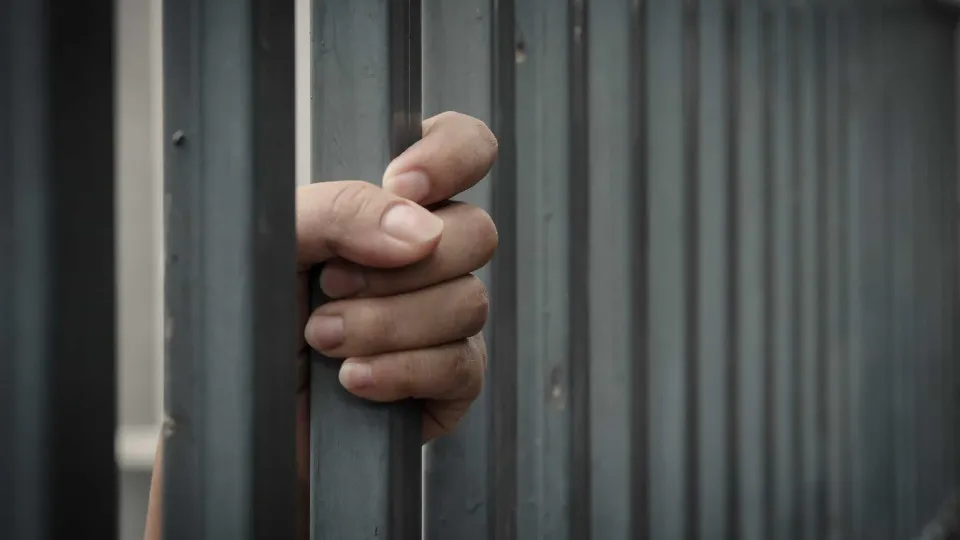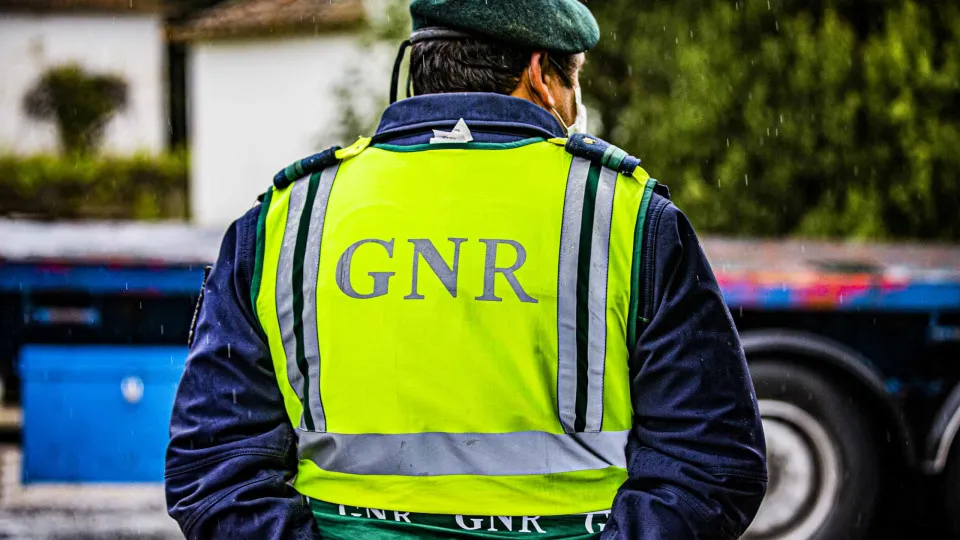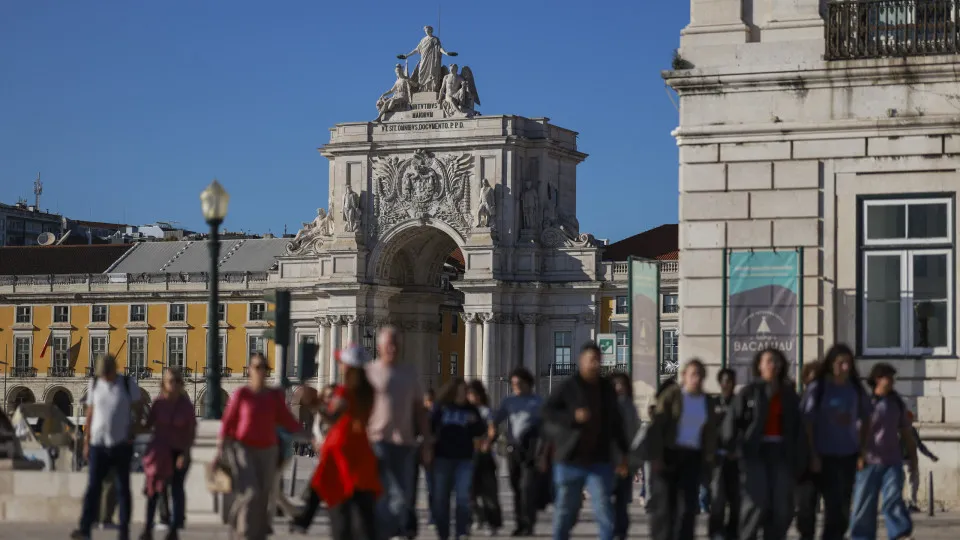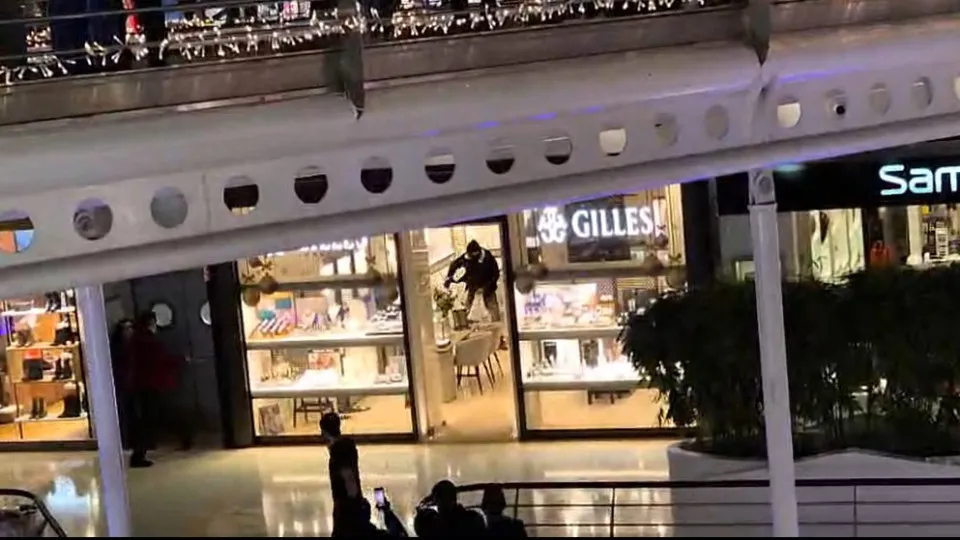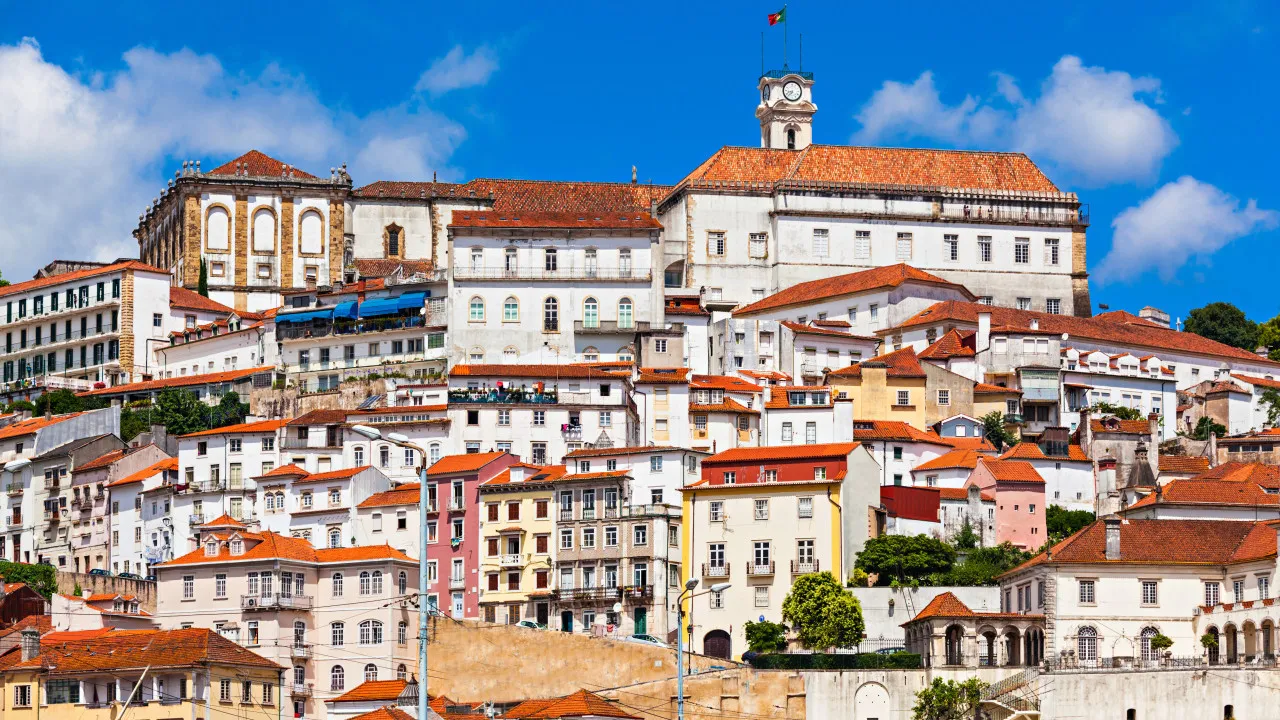
The initial version of the management plan for “Universidade de Coimbra, Alta e Sofia” was unveiled today in the Senate Hall, highlighting various threats facing the UNESCO World Heritage site.
The scientific coordinator of the plan, Luísa Trindade, emphasized that Rua da Sofia presents the most significant challenge for the next ten years, stressing the need for immediate action rather than ongoing deterioration, calling for a “commitment from the city and the University.”
During the plan’s presentation, the Faculty of Letters professor described Rua da Sofia as a street plagued by “intense and fast traffic,” sidewalks “partially occupied by illegal parking,” challenging pedestrian mobility, limited and low-quality commerce, a “significant percentage of vacant properties,” poorly maintained housing, and neglected heritage.
“This is a channel street, facilitating rapid movement and aligned frontally as a focal axis. No attention is paid to the heritage,” she observed.
Speaking to journalists after the session, the plan coordinator highlighted the need for engagement with the street’s communities but noted that the main responsibility would not lie with the University of Coimbra (UC), which only owns part of the Colégio da Graça.
“Coordination with the municipal authority and CCDRC [Regional Coordination and Development Commission of the Center] is absolutely essential, and this is what we aim to enhance in the coming decade. Though collaboration existed in the previous decade, significant improvement is possible,” she stated.
Luísa Trindade indicated the management plan is now awaiting contributions from other entities, notably the Coimbra municipality, recalling their intention to partially pedestrianize Rua da Sofia, a “fundamental measure for the enjoyment of the heritage.”
She also suggested the purchase of “at least two properties” (most colleges are privately owned) and highlighted the potential of the Colégio de São Bernardo, which could become “the heart of Rua da Sofia” if restored.
While Rua da Sofia has historically been divided among several owners, Alta de Coimbra saw increased University presence during the Estado Novo, turning it into a monofunctional area.
According to Luísa Trindade, there is a demographic decline and “a powerful gentrification process” in that part of the city, alongside significant changes in commerce that transition from catering to daily citizen needs to becoming “a tourist monoculture, featuring restaurants and souvenir shops.”
A sign of this transformation is the exponential increase in local accommodations in Coimbra, rising from 18 in 2013 to 592 in 2023 — predominantly in Alta.
“The focus must return to the populations and communities. This does not diminish tourism value, but the emphasis must be on these communities,” asserted Luísa Trindade during the presentation.
She also expressed anticipation of proposals from the Coimbra municipality to address the gentrification process effectively.
Moreover, the public spaces of Alta should be reconsidered, with a reduction in car presence, asserting the importance of “offering alternatives to the population” working and living in that area.

